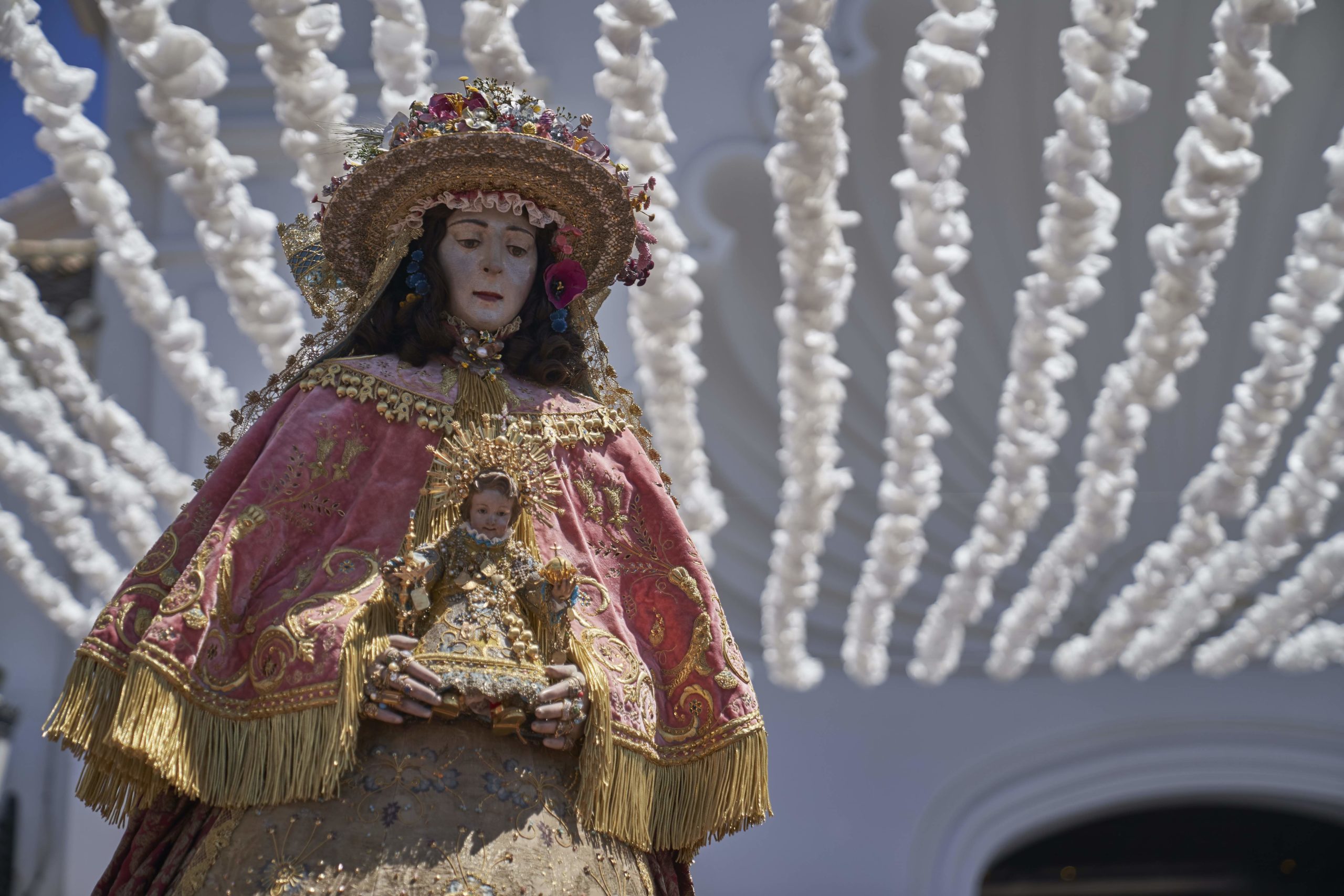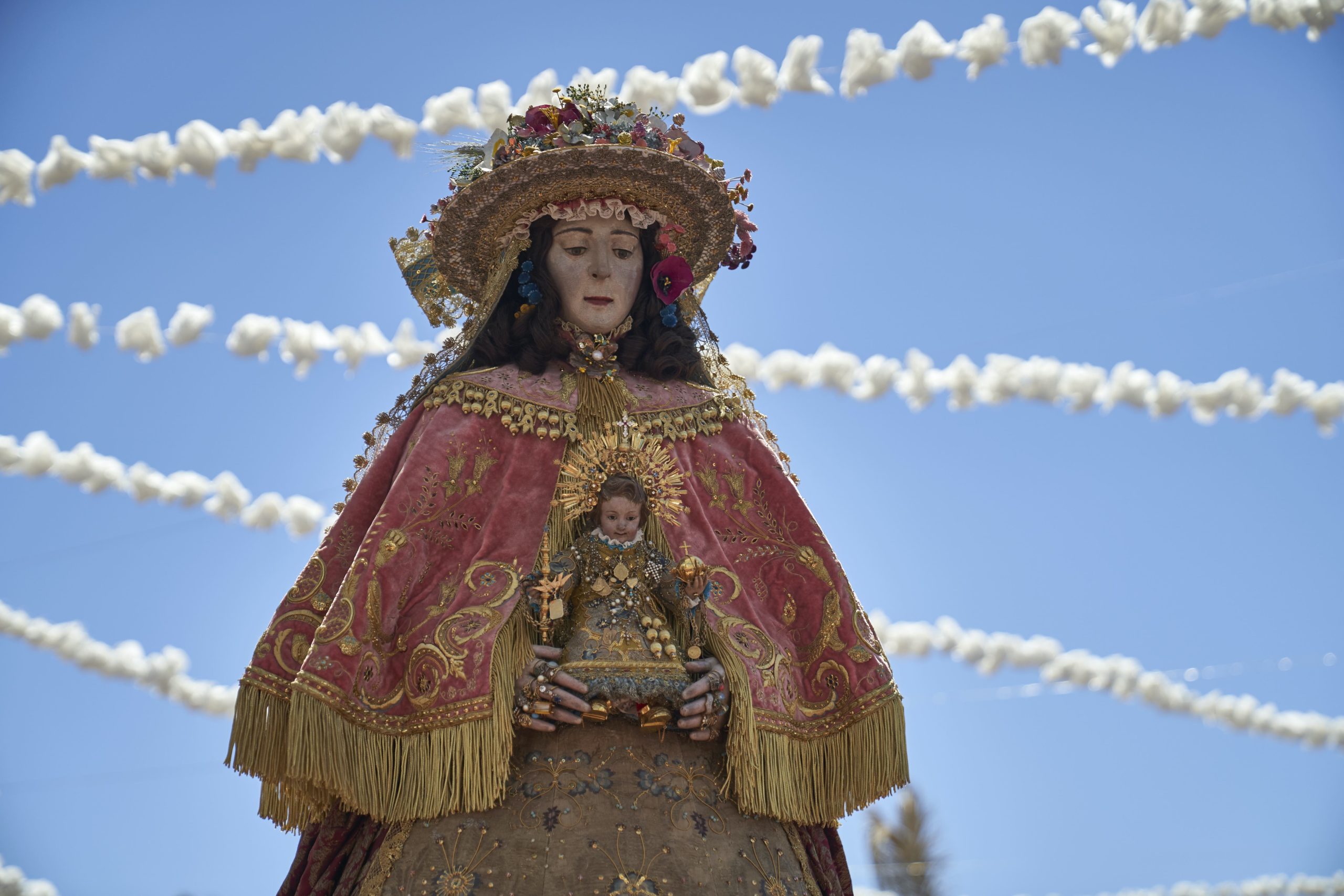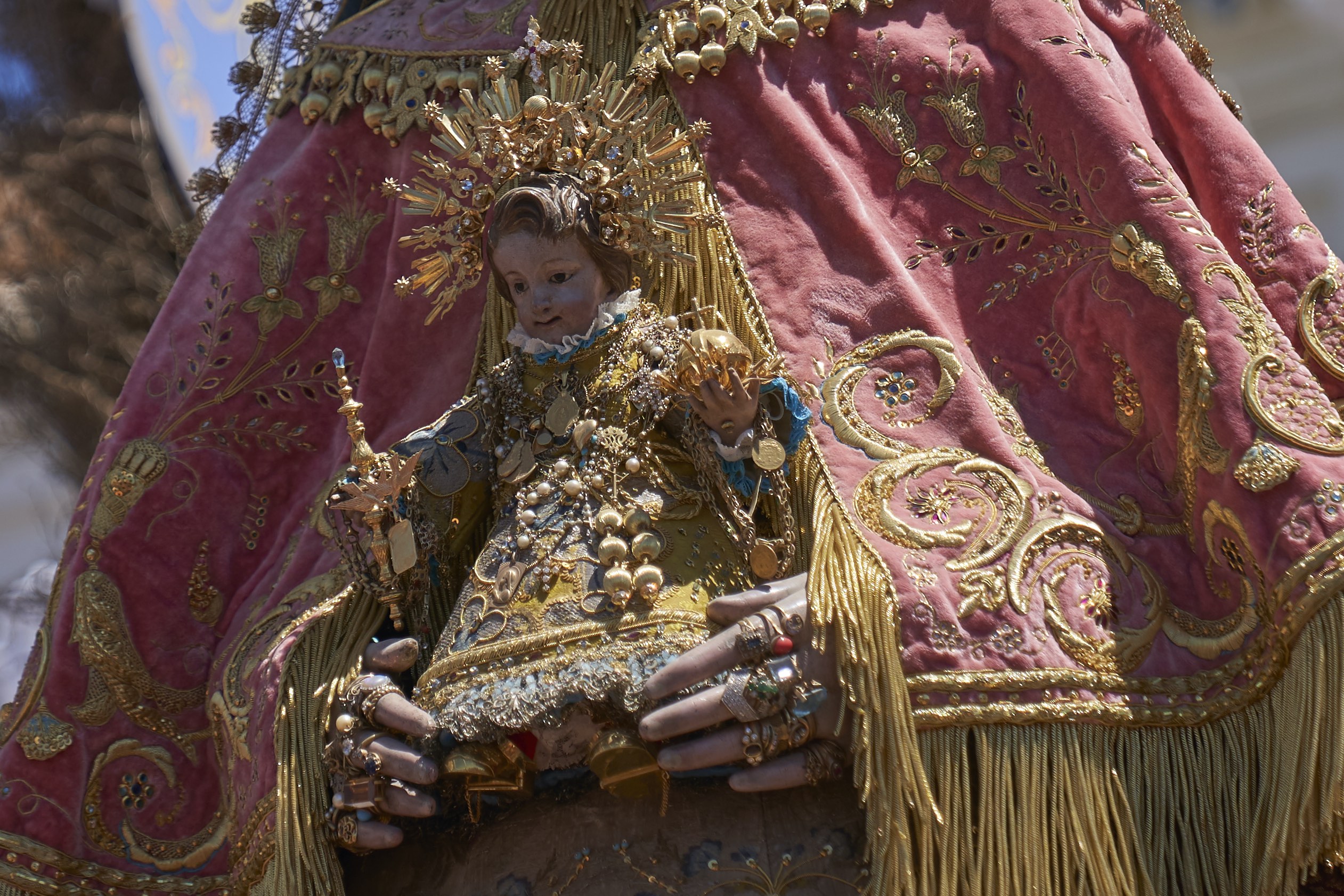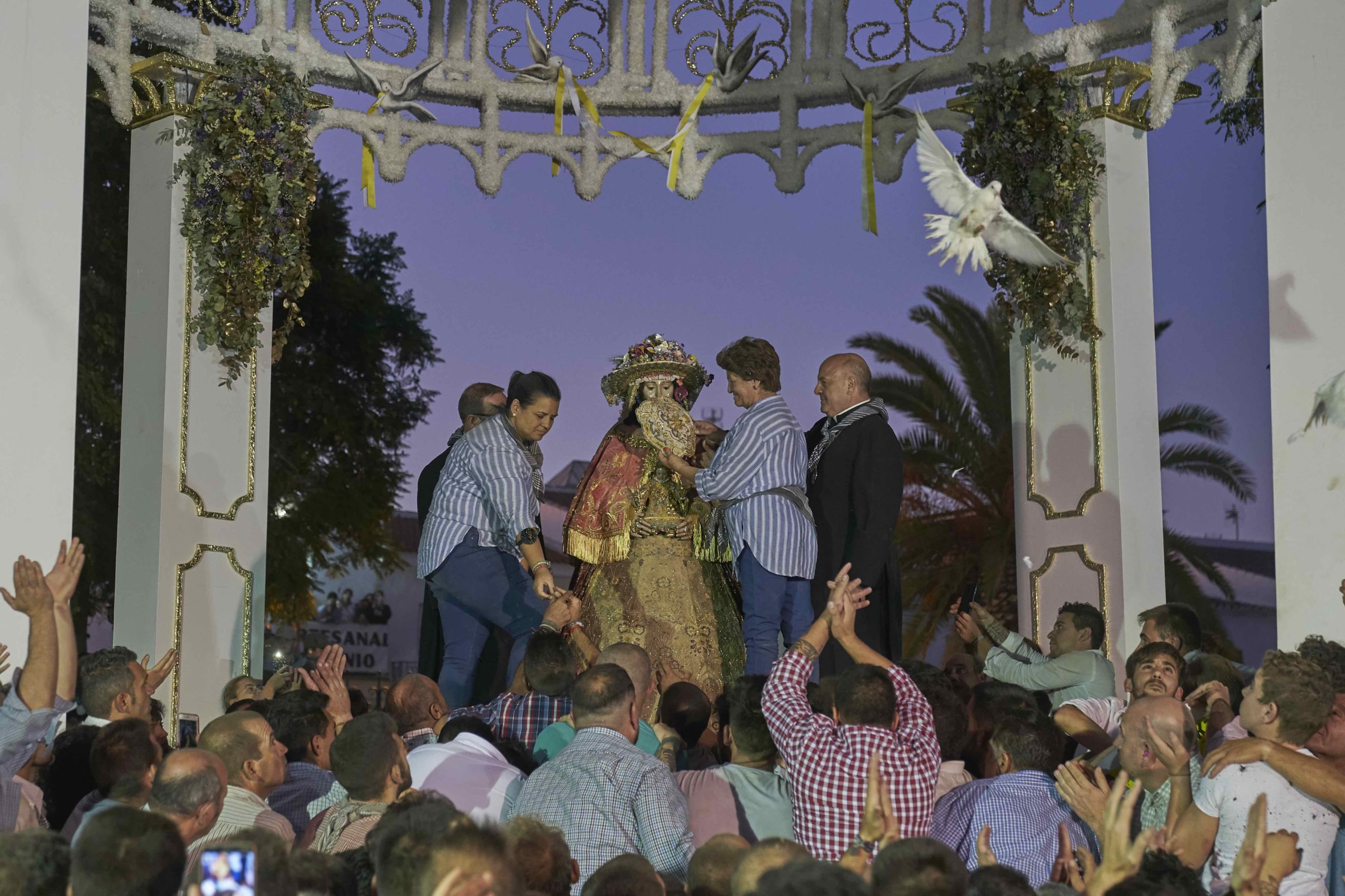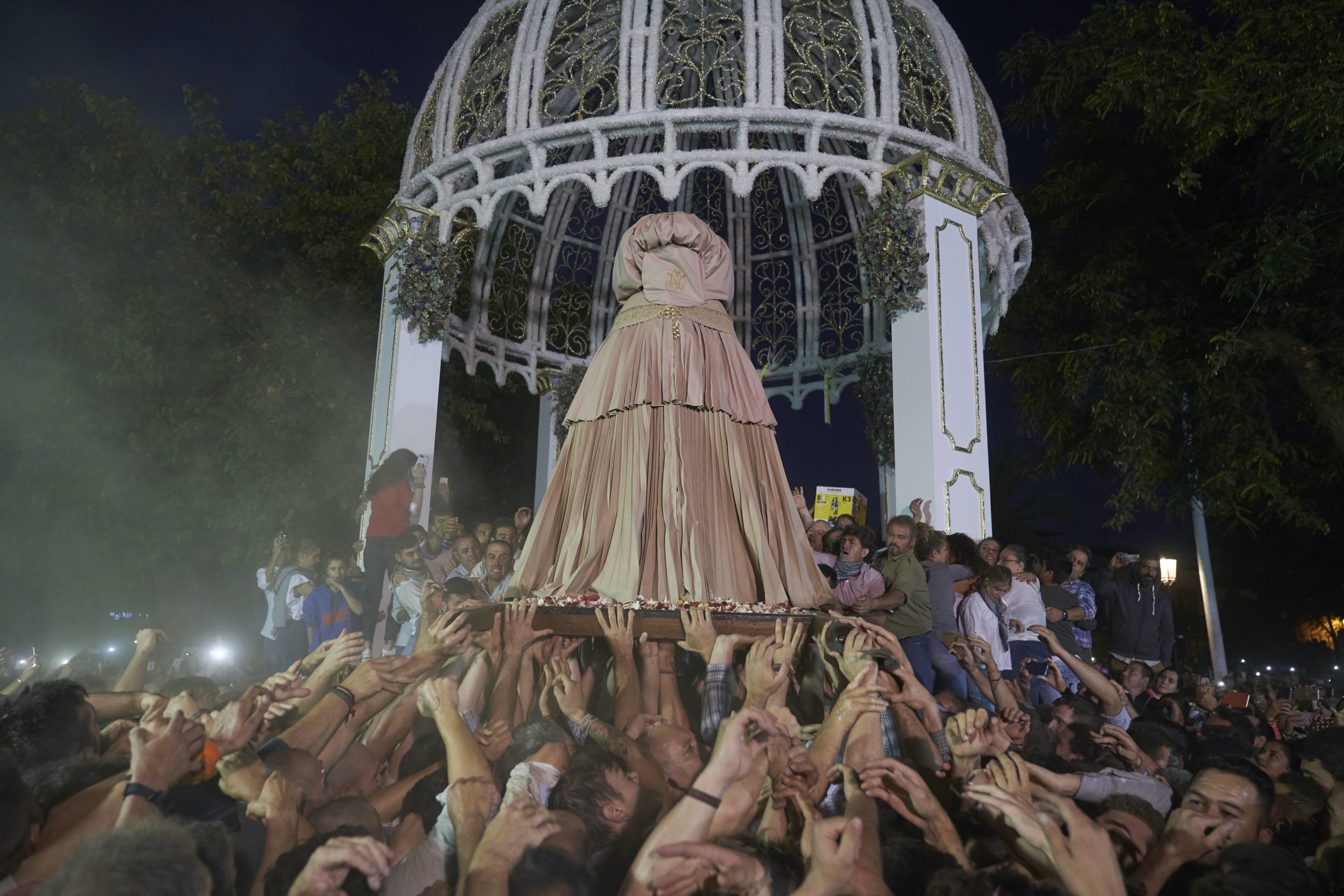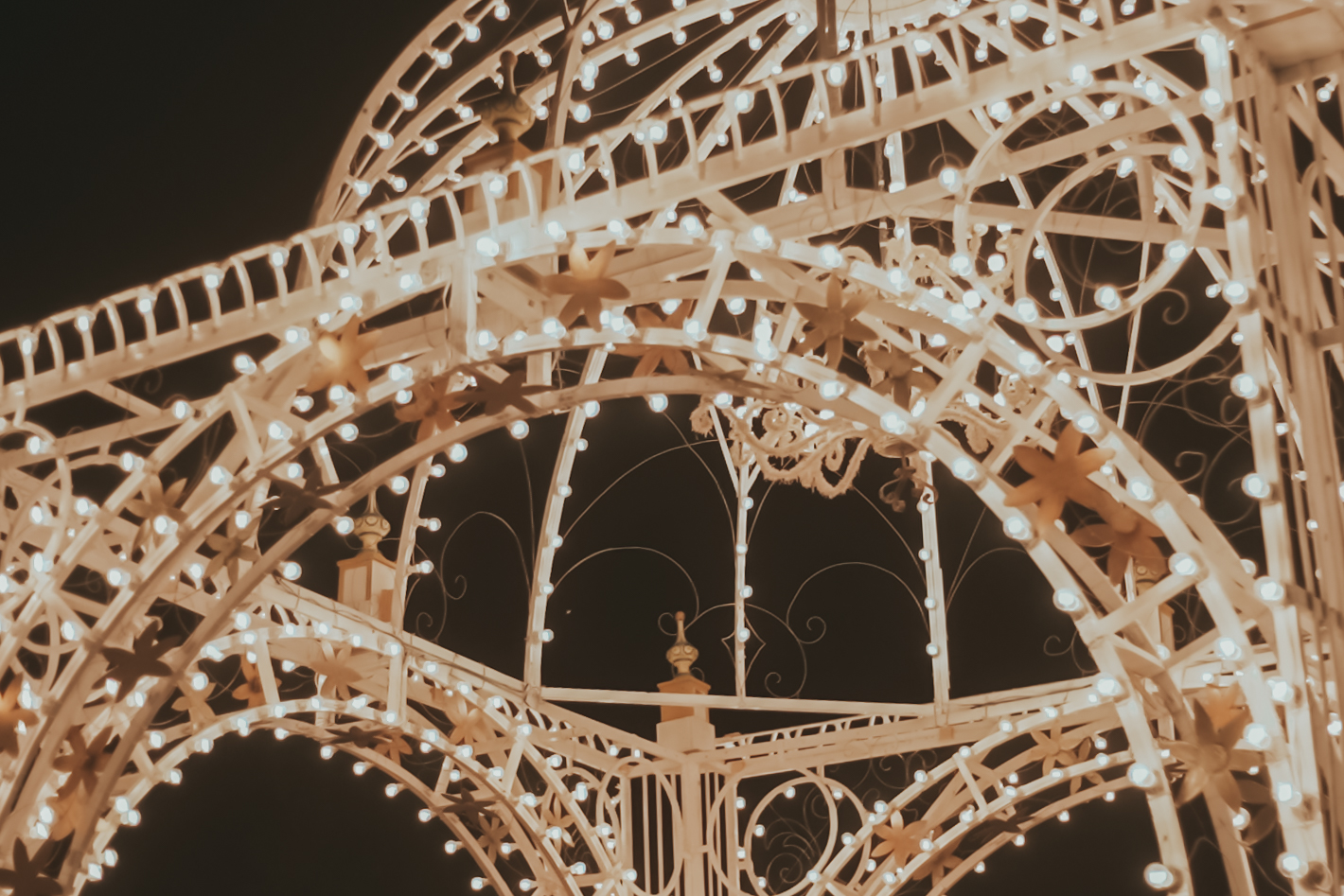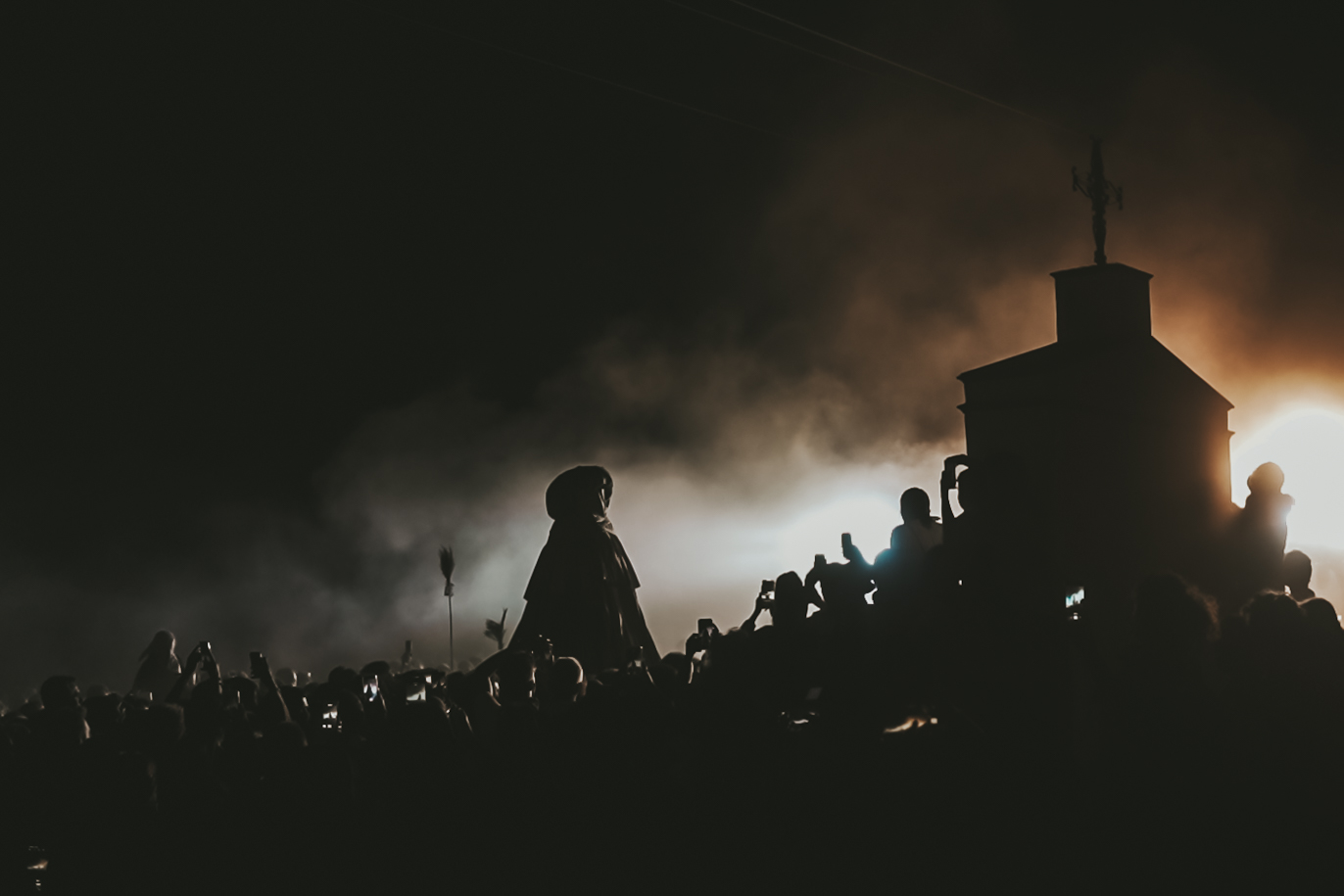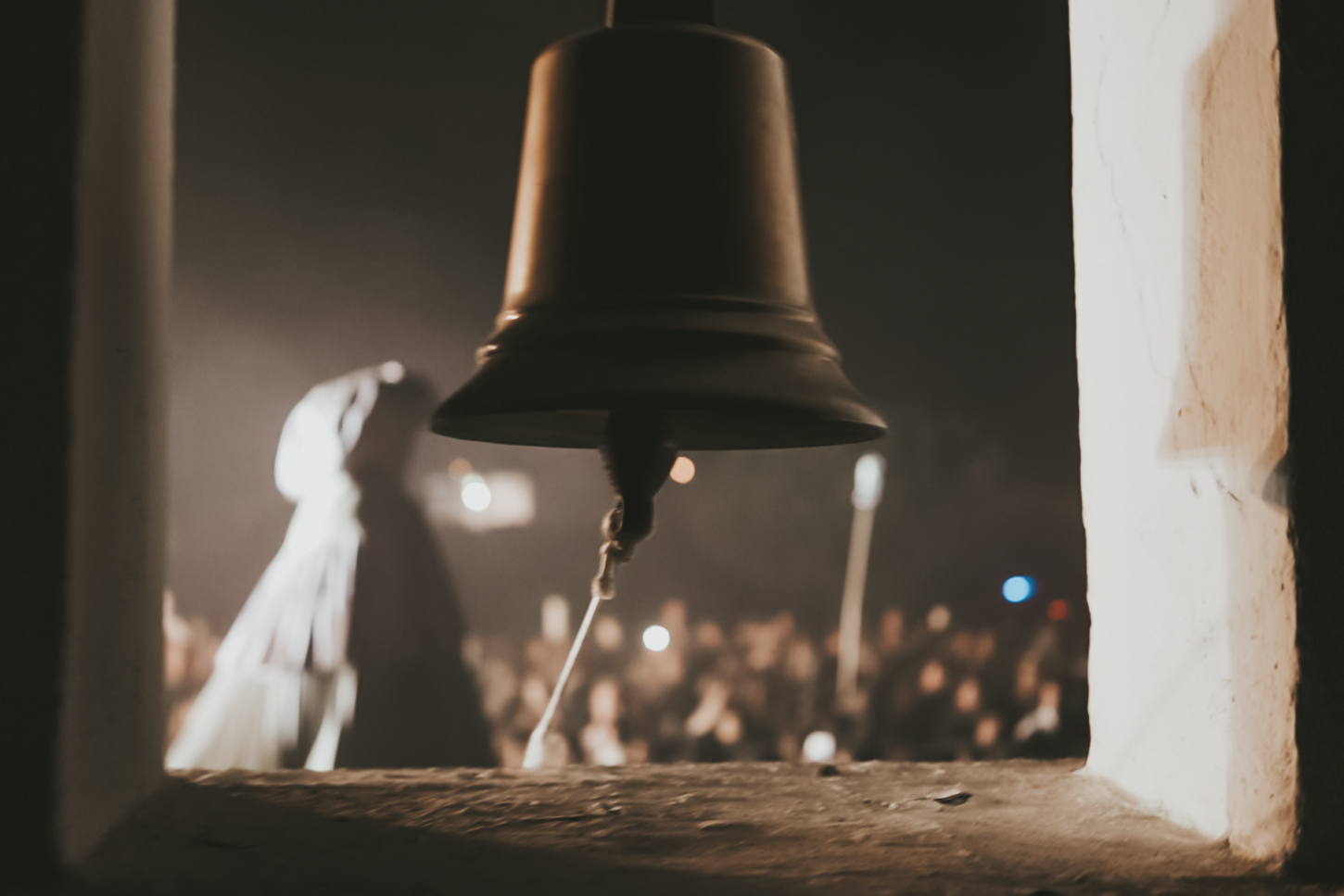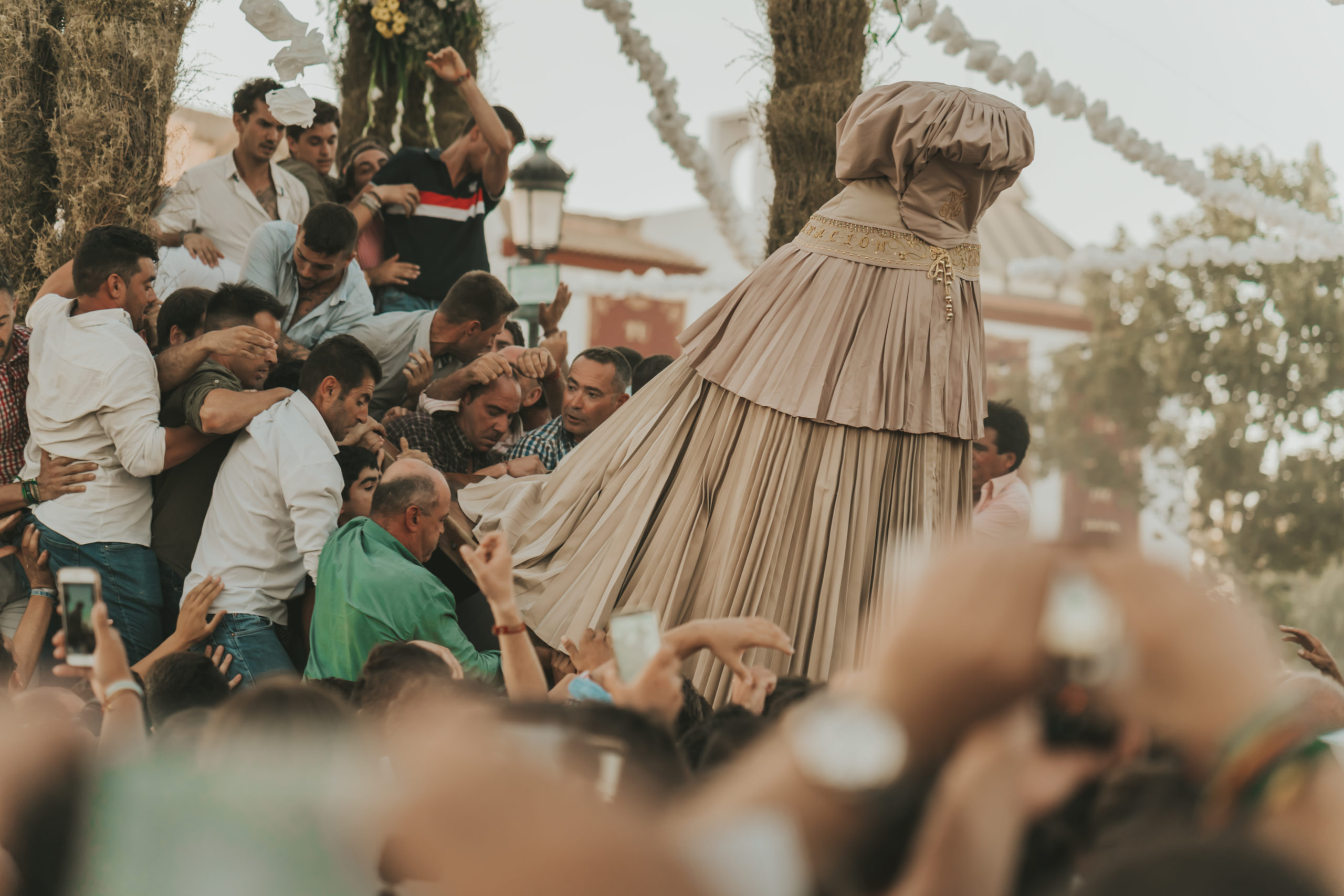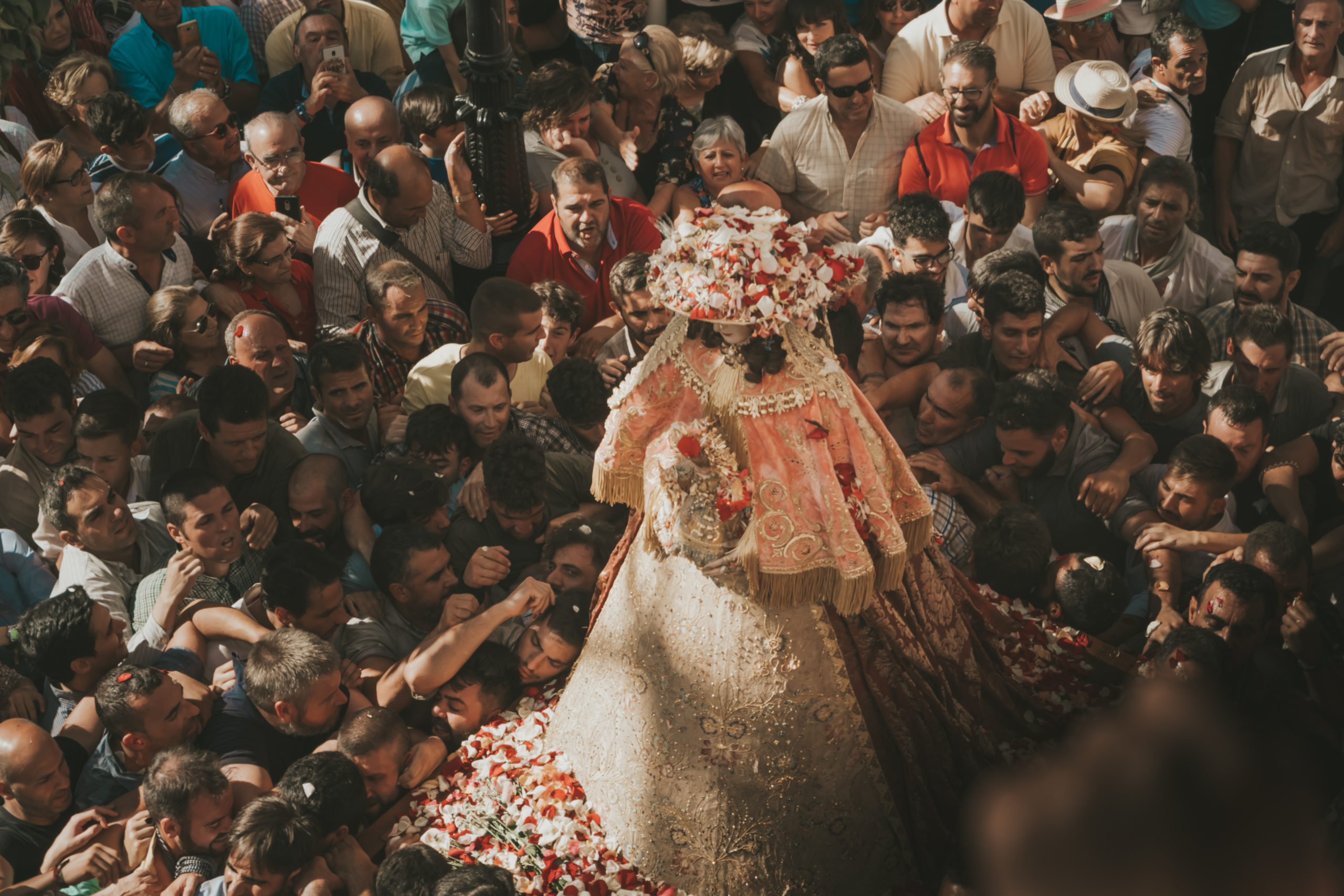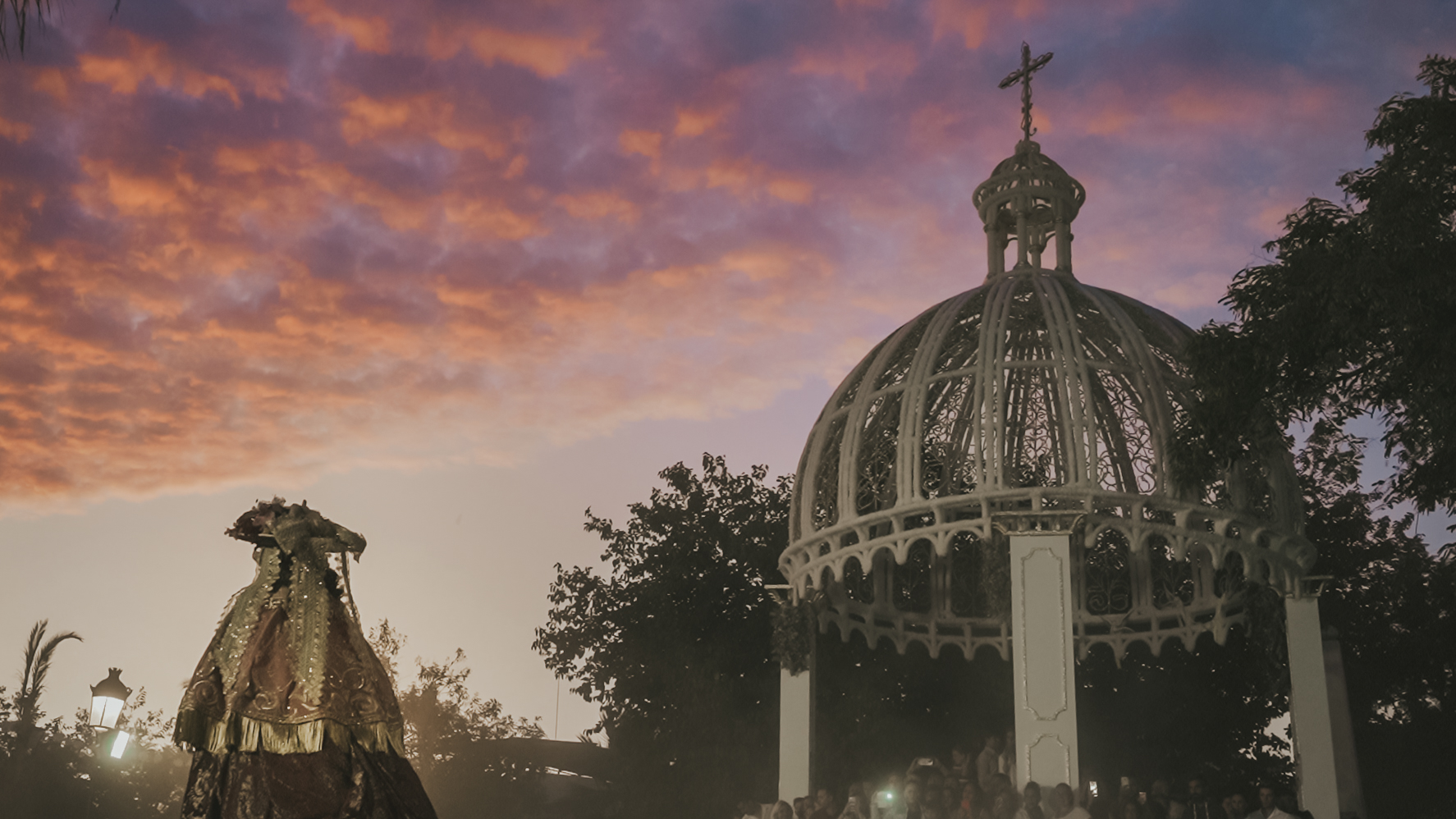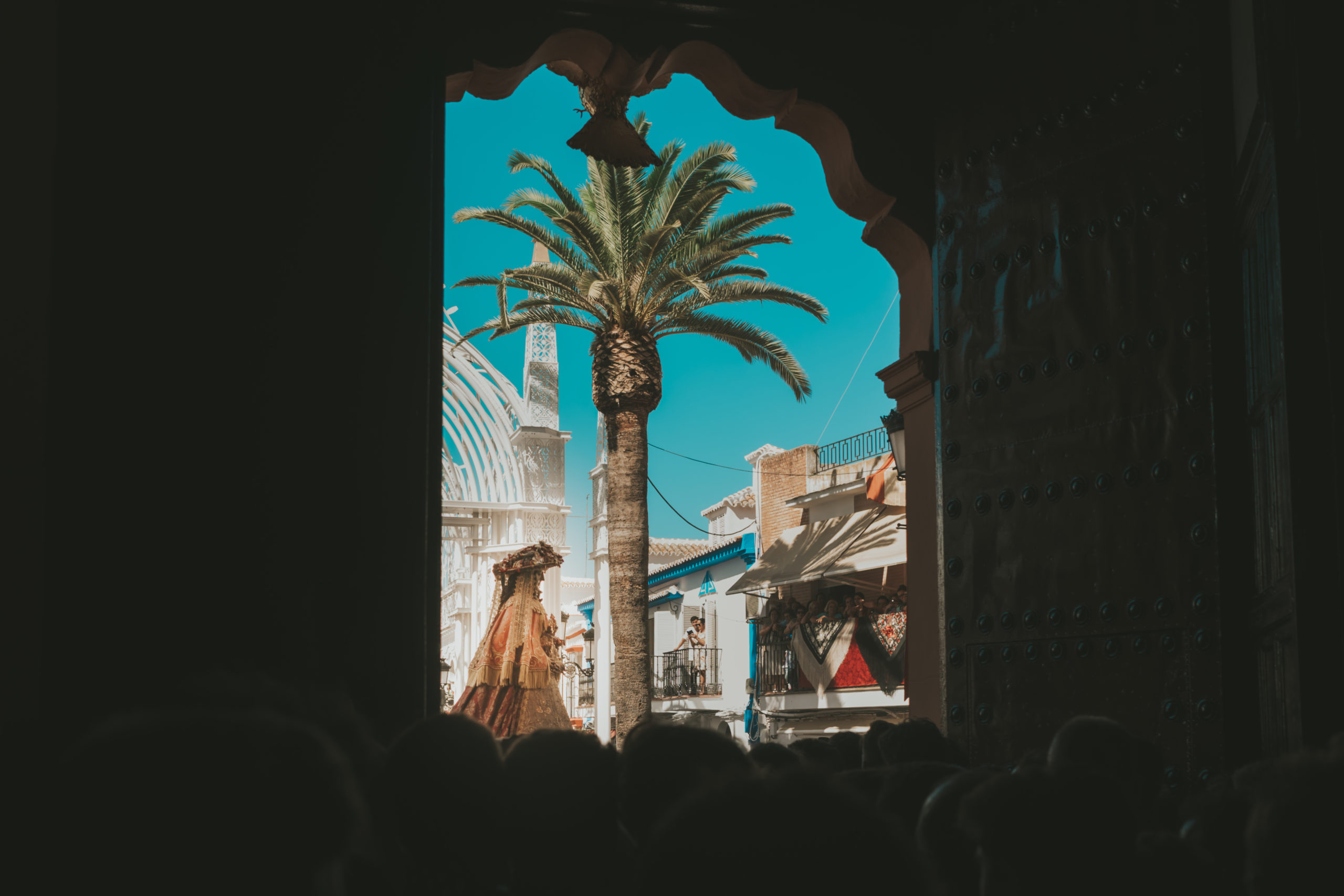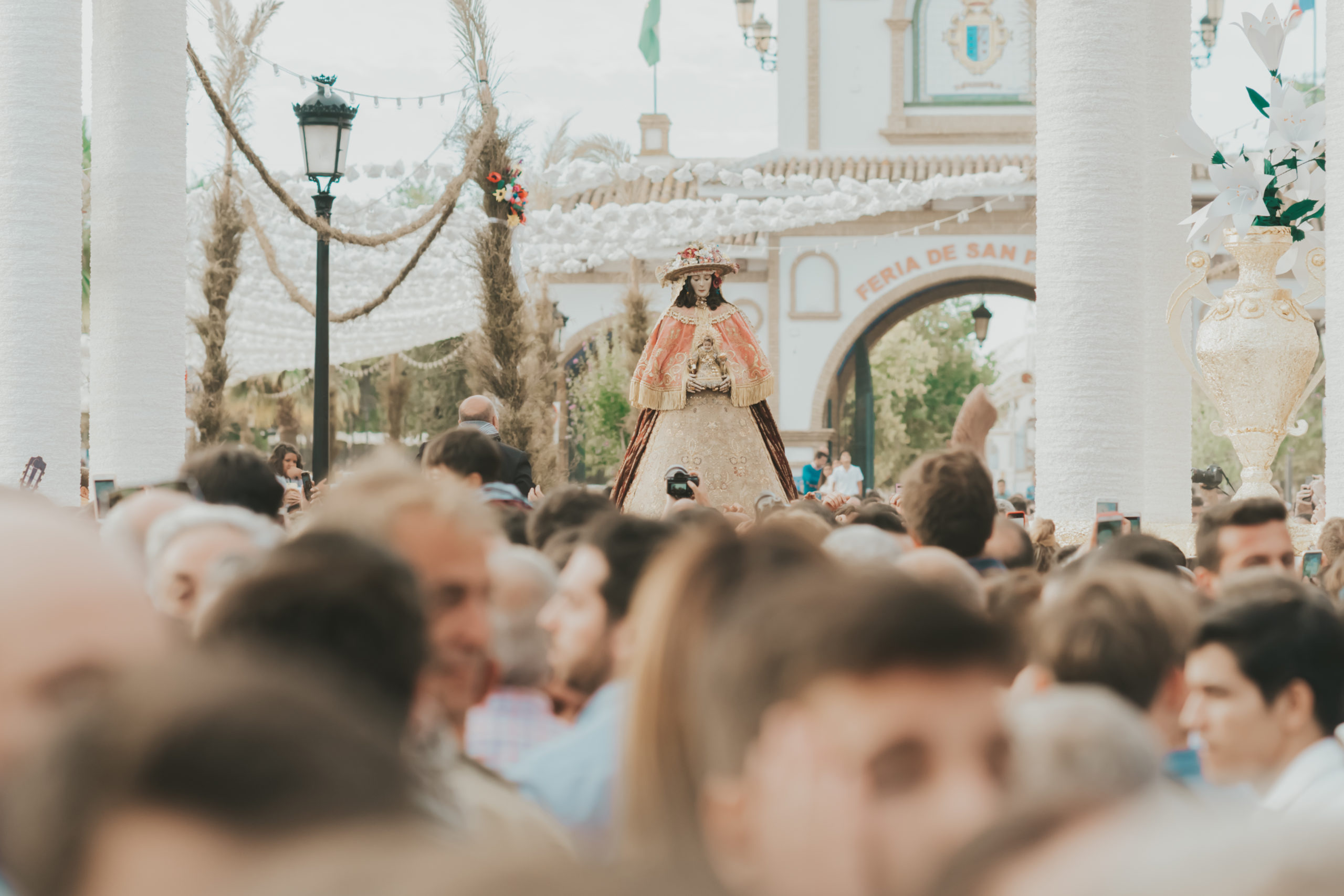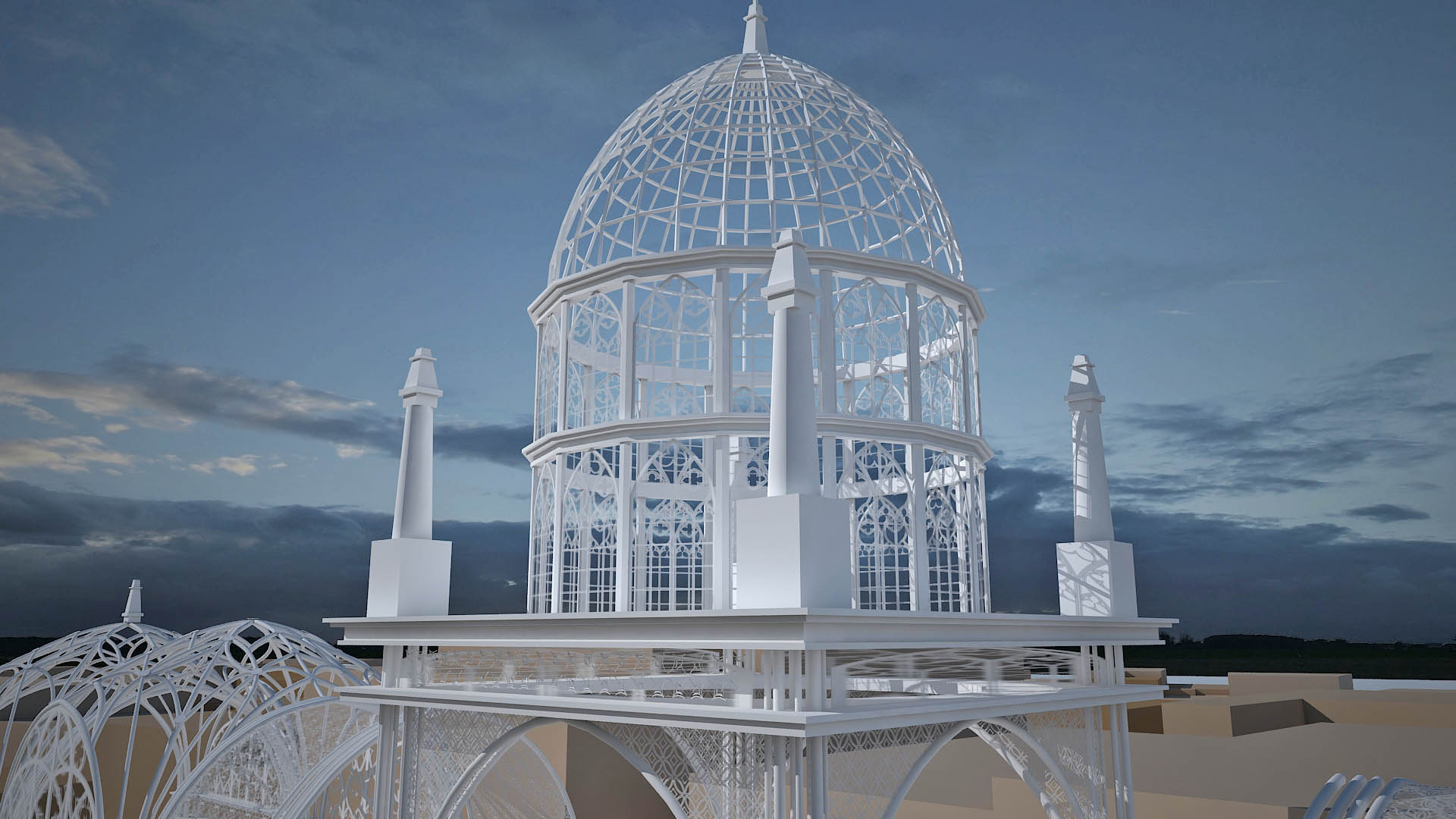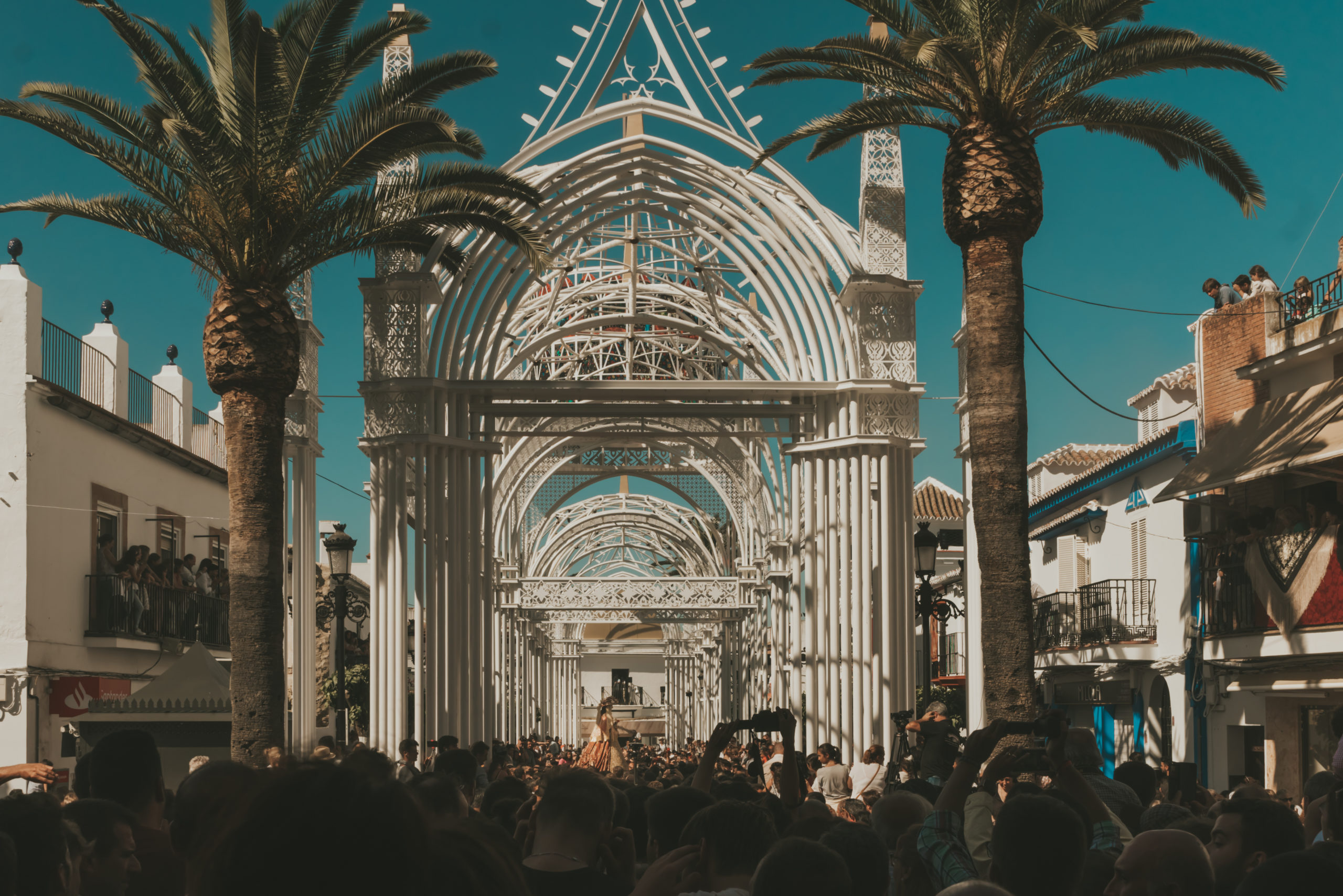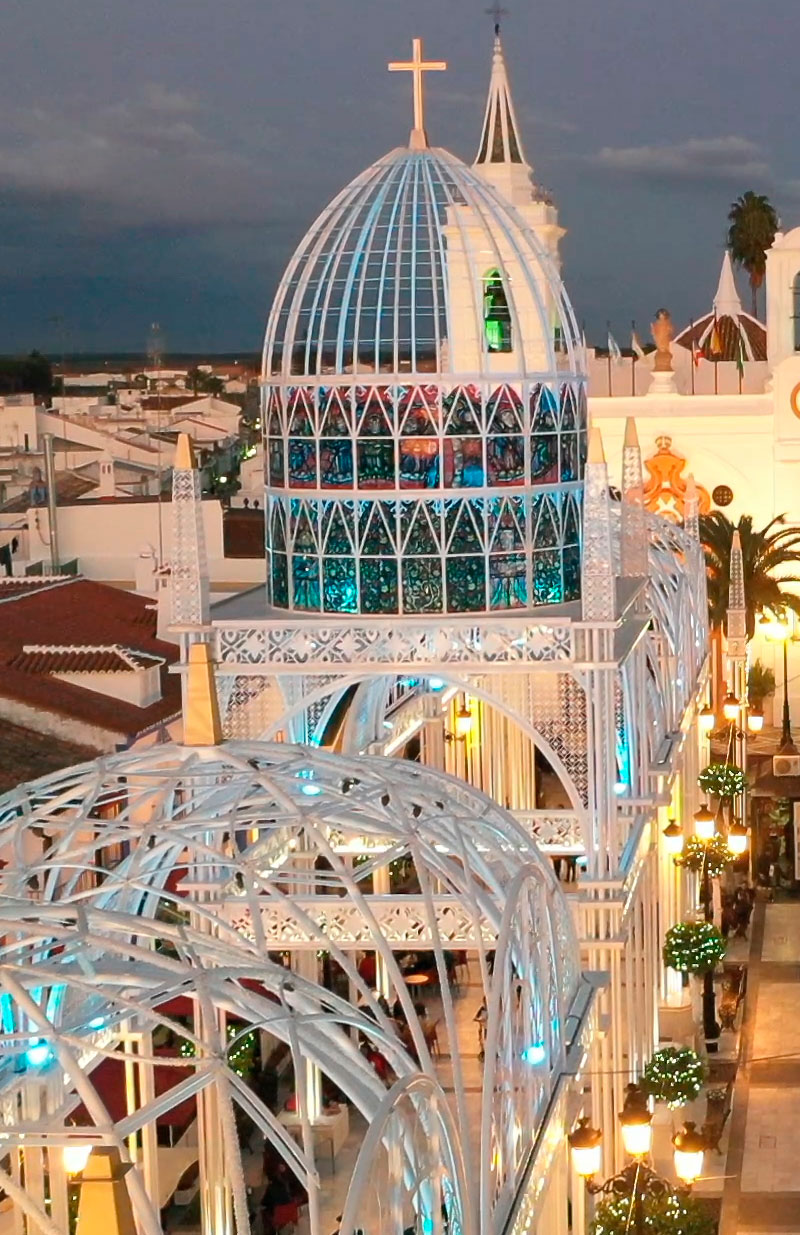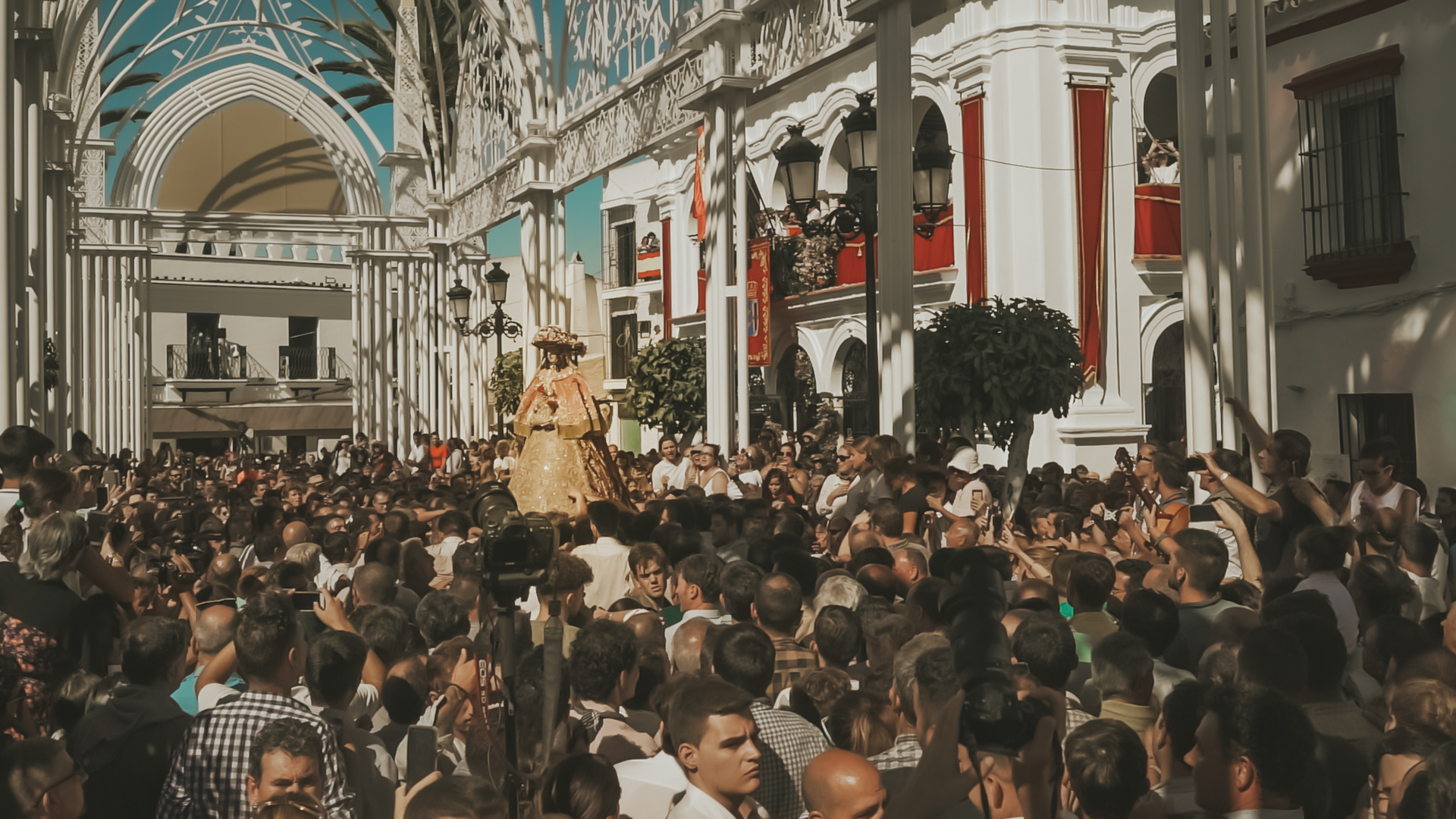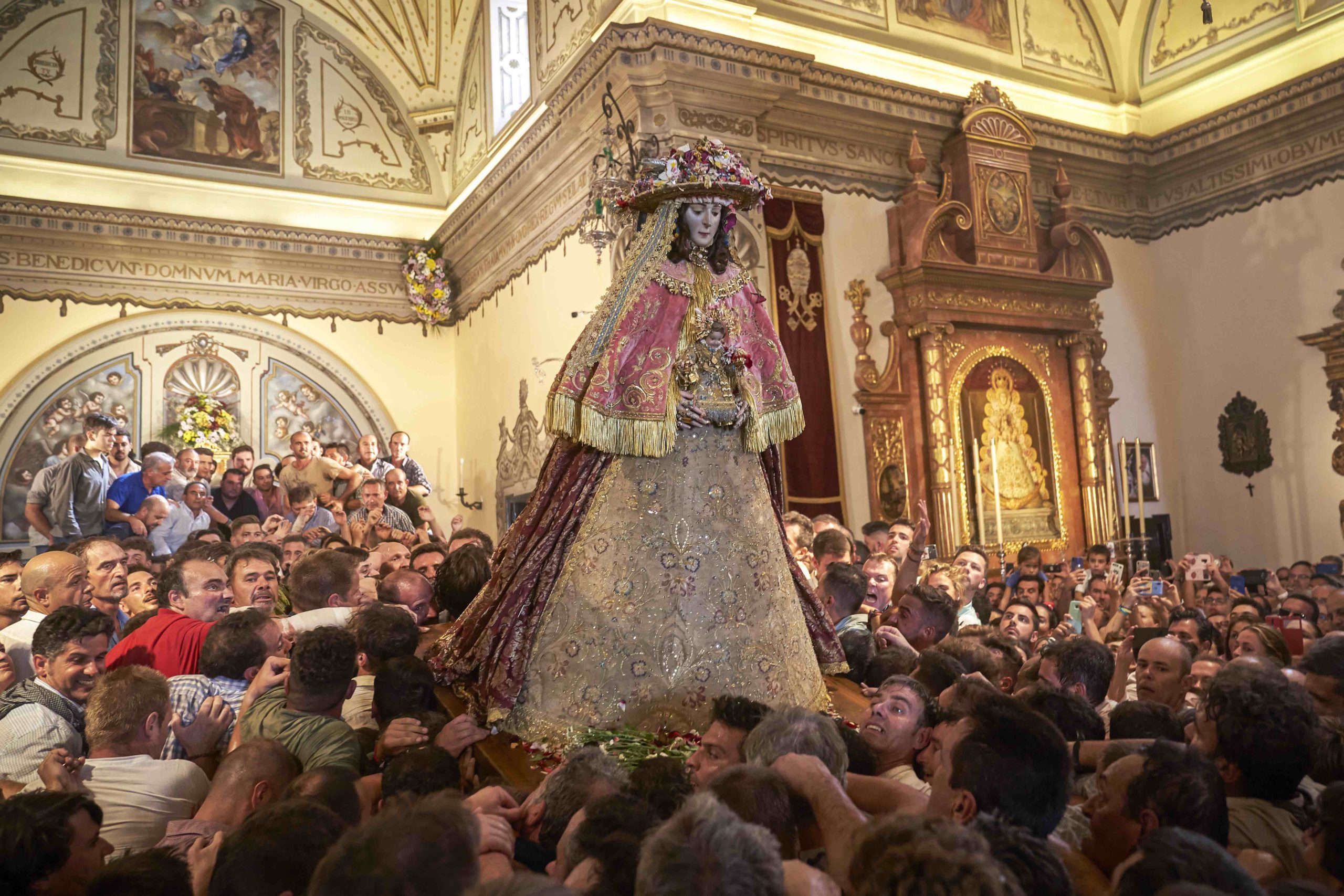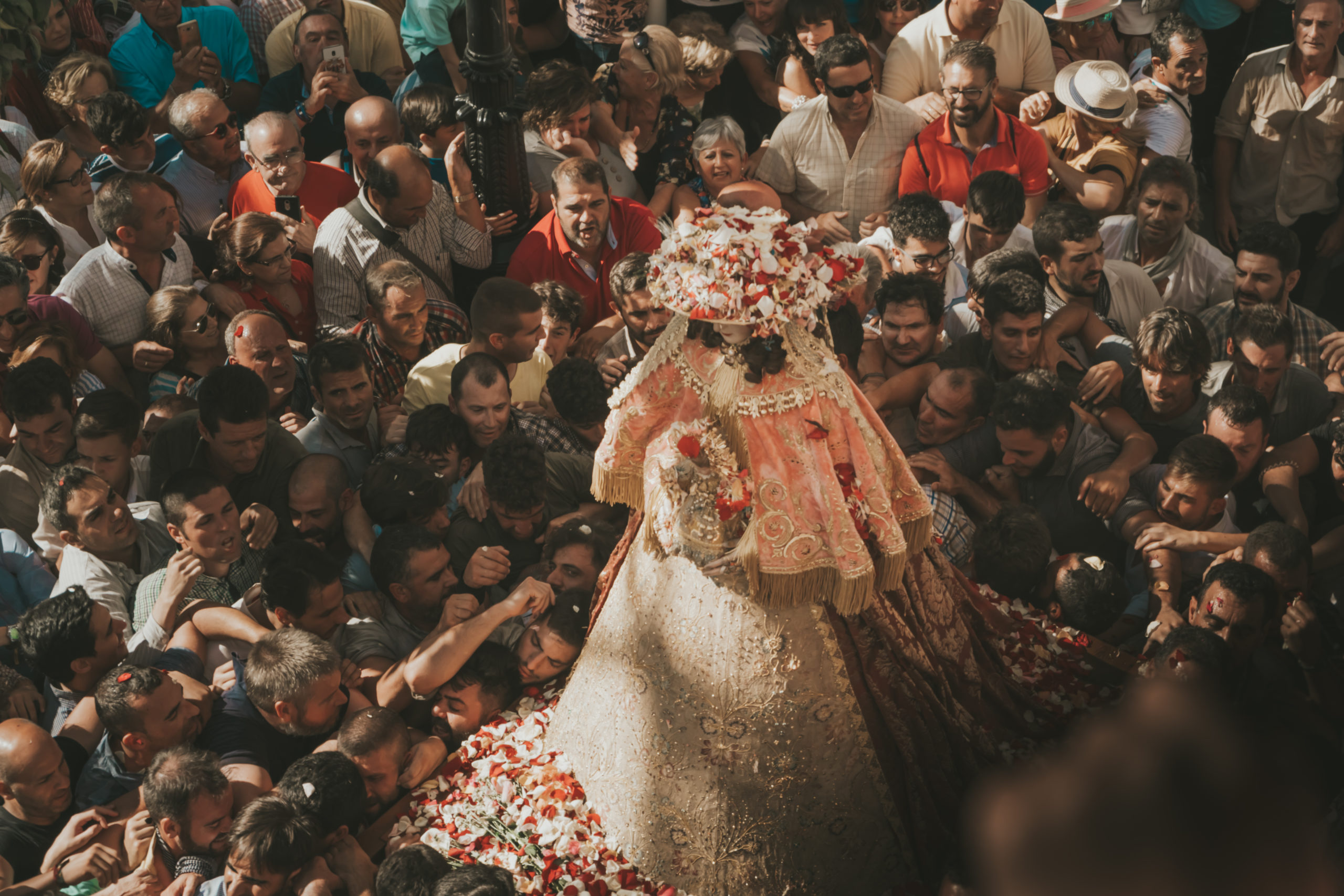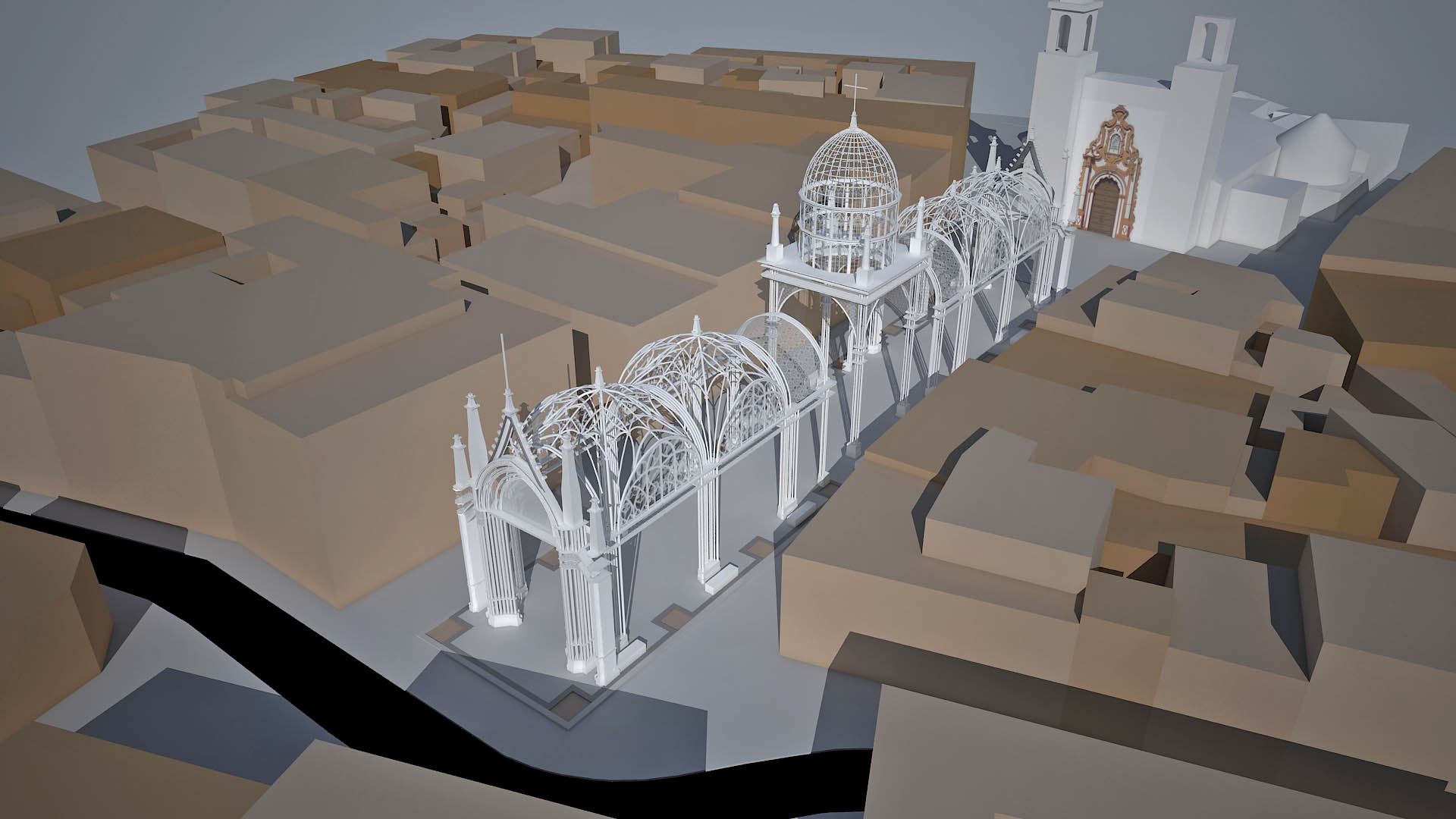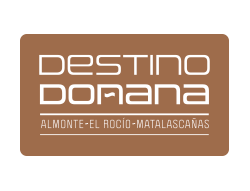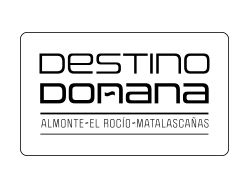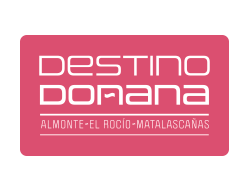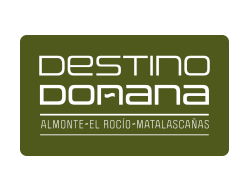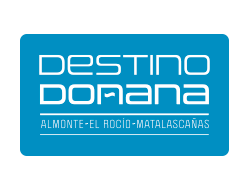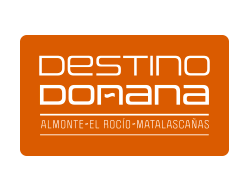Every seven years, Almonte is transformed
Every seven years, the coming of the Virgin is an event that transforms the life and appearance of the municipality of Almonte. From 20 August until two weeks before the Pilgrimage of El Rocío, the town of Almonte welcomes the image of its patron saint, the Virgen del Rocío, while in Aldea de El Rocío, the hermitage is surprisingly empty.
Although it is likely that the Virgin of El Rocío had been taken to Almonte for a long time before, the first documentary evidence dates from 1607. Since then, the image has been taken to the village on more than fifty occasions and for different reasons, including public misfortune (epidemic, drought, famine, war), thanksgiving for a happy event or the need to carry out important alterations to the hermitage. The comings and goings of Our Lady of El Rocío, which had previously occurred at irregular intervals, became regular in the 20th century, and it was not until 1949 that the image was transferred to the village of which it is Patron Saint for a period of seven years.
Get to know more about the Return of La Virgen
Departure
Route
Stay in the Almonte
The Virgin is carried on the shoulders of the people of Almonte from the village of El Rocío to the town of Almonte, from which it is 15 kilometres along the Camino de Los Llanos, through pine groves and sandy areas. To make this journey, the Virgin changes her usual costume from that of a Queen to that of a Shepherdess, the travelling attire used by the ladies in the 17th century. The transfer to Almonte takes place during the afternoon of 19 August, starting the journey at dusk and after covering the image with a cloak and the face with the popularly known “pañito”, to protect it from the inclemency of the road. At dawn, already in Almonte, in the place known as El Chaparral, the cloak is removed and the face is uncovered with the first rays of sunlight amidst the roar of shotgun blasts and numerous cheers. This is the high point of the trasfer. From the Chaparral, the people of Almonte carry their Patron Saint to the Parish Church of Nuestra Señora de la Asunción, where an impressive wooden structure, the Ephemeral Cathedral, envelops the Virgin as she arrives at the church. The streets through which the route passes are lined with the greatest illusion in the form of arches adorned with white tissue paper flowers, garlands and golden ornaments of the same shape that stand on rows of sticks covered with rosemary scents that are embodied in the reflection of the joy of the men and women of Almonte for the coming of the Queen of the Marshes.
The Virgin will remain nine months in Almonte. During Her stay, more than 100 affiliated brotherhoods will make a pilgrimage during the weekends, different religious and cultural events are organized to commemorate this event. The residents of Almonte take turns in “guarding” the image inside of the church. Three guards with open doors are also established, where any devotee of the Virgin can remain in the parish to pray to her Lady throughout the night; The first hours of these guards are especially charming as the Sevillanas songs and prayers follow the prayers and prayers, sounding in an eerie silence inside the temple, until daylight arrives.
On the Sunday before the pilgrimage, the Virgen del Rocío, dressed as a Queen, makes a procession through the streets of Almonte, once again decorated for the occasion, and the following Sunday before the Wednesday that marks the beginning of the pilgrimage, the Virgin will return to the Sanctuary and on this occasion the return journey is made during the day, being covered with the cloak at dawn in the village and uncovered at dusk in the village itself to arrive at the sanctuary at night.
Centenary of the Canonical Coronation and Jubilee Year
On the 8th of September 1918, the canonical coronation of La Vírgen del Rocío was approved in Rome by Pope Benedict XV. During the pilgrimage of the following year, on June 8, 1919, La Vírgen was crowned by Cardinal Almaraz the Archbishop of Seville, in the Real del Rocío, where today a monument is placed which marks that important event.
the Sanctuary of Our Lady of Rocío by the different Brotherhoods and Associations that have collaborated for this project, joining efforts, collecting gold and financial donations among members and devotees. This act of dedication, love and faith will go down in history as the Centenary of the Canonical Coronation of La Virgen del Rocío. Likewise, and with the intention of making this act even bigger, an interesting project called “Corona de Amor” has been created. It is a philanthropic project where the efforts of more than 170 affiliated brotherhoods, non-affiliated brotherhoods and associations of Rocío, almong with the Governing Brotherhood Of Almonte are merged to make the recreational room and the room for parents of the Zero Floor that the Association of Parents with Children with Cancer of Andalusia (Andex) so that adolescents with cancer have their own place to enjoy and continue their fight, which will be built at the Virgen del Rocío University Hospital. Each brotherhood collaborates with as many solidarity initiatives as possible: bike rides, theatre performances, equestrian championships, musical galas, endless activities to try to make this project contribute effectively for the benefit of these patients.
The Apostolic Penitentiary has granted a new Rocío Jubilee Year, which began on June 8, 2019, coinciding with the Centenary of the Coronation of La Vírgen, and which will last until the 7th of June 2020. This jubilee can be enjoyed in the place where the image of Our Lady of Rocío is, or in the Sanctuary or in the Parish of Our Lady of the Assumption of Almonte during the dates of the concession.
All of this, is planned just as it was done during the previous jubilee, between 2012 and 2013, according to the usual conditions:
The plenary indulgence is granted to the faithful who are truly repentant. They devoutly attend this sanctuary and participate in a Sacred Function, or at least recite the Sunday prayer or the symbol of the Faith, under the usual conditions, which are the following:
The faithful who, due to their age, illness or any other serious cause, cannot go to the sanctuary or parish to benefit from the jubilee, may benefit from the indulgence provided they join in prayer before an image of the Virgen del Rocío and in accordance with the norms established by the Church, uniting spiritually within the jubilee functions.
Among the places in the world that have celebrated a jubilee at some time, there are only six to which the Catholic Church has granted authorization to celebrate it regularly, which is known as “Jubilee in perpetuum”, as aspiration that is desired for the Patron Saint of Almonte. The Jubilee Year will mean the national and international positioning of Almonte, its traditions and of course the veneration of the Virgen del Rocío. This event will mean that all eyes will be focused on Almonte and its Patron Saint and that with the launch of a complete program of actions it will become a benchmark and destination for millions of tourists and pilgrims
The Ephemeral Cathedral. Tradition and modernity
The Ephemeral Cathedral is assembled every seven years in the Plaza Virgen del Rocío, in Almonte. This impressive Gothic-style adornment designed for the 2019-20 arrival of the Queen of the Marshes for the first time in history, will remain built during the nine months of the Virgin’s stay in the town of Almonte.
This artistic building has been remodeled and its dimensions and luminosity stand out. One One of the main changes introduced with respect to the designs of previous years is the replacement of the wooden structure with a metal one. The arch reaches 20 meters in height at its highest point and 60 meters in length, following the design of the municipal architect Natividad López and has stained glass windows and night lighting. The construction is made of aluminium alloy and white titanium, which makes it possible for the main structure to remain standing and intact during the nine months that La Virgen is in Almonte. It is enough to dismantle those ornamental elements that constitute the base of the paper lining and that are susceptible to deterioration over time. It is enough to dismantle those ornamental elements that constitute the base of the paper lining and that are susceptible to deterioration over time. Thus, this artistic lighting will enhance its religious and monumental character while promoting its tourist attraction and favoring the enhancement of the cultural, ethnographic and religious heritage of the town.





